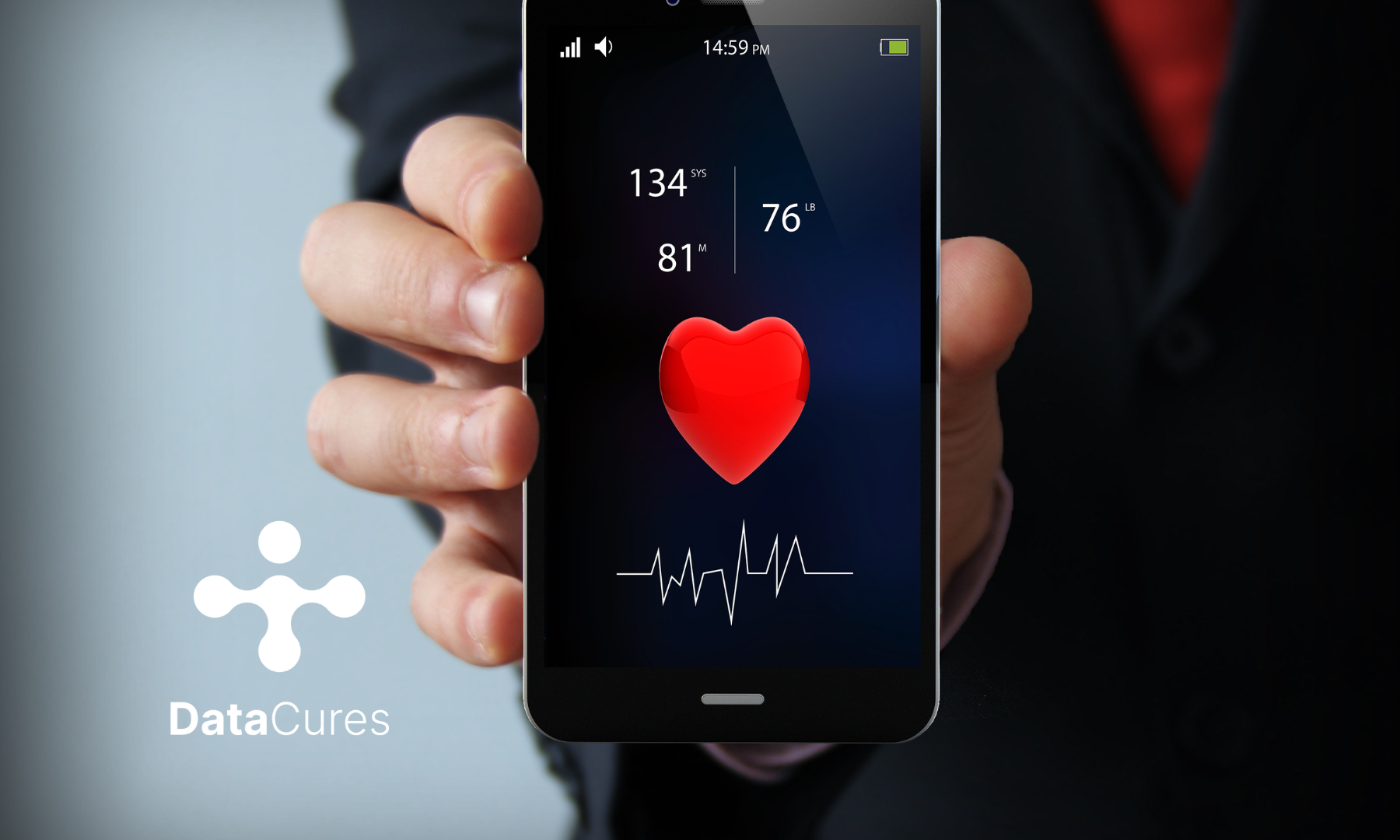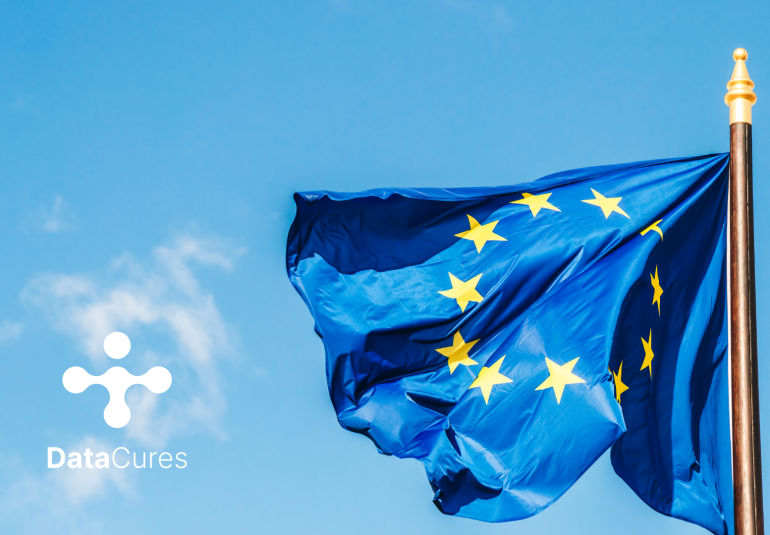
Healthcare has finally found the missing ingredient to unlock the new era of the industry.
Health data is the new oil revolutionising the traditionally slow-moving, highly-regulated sector.
We identified three key health data trends that foster practice change and growth.
There is no doubt that data is facilitating the healthcare boom. The IQVIA report revealed that in 2020 an average of 250 digital health apps per day were released, adding up to more than 90,000 new apps only in 2020.
The high prevalence of apps and the explosion of the consumer wearables market are building new abilities to detect digital biomarkers and remotely monitor patients.
It is not the only evidence that digital health is accelerating innovation.
Clinical trial designs incorporate digital biomarkers and sensors, enabling decentralised and hybrid trials. Furthermore, it reduces the burden on patients participating in clinical trials and accelerates clinical trial timelines. Digital biomarkers that will allow remote patient monitoring are being validated by feasibility studies. The intent is to incorporate them into clinical trials and patient care eventually. So far, at least 438 feasibility studies have examined 933 distinct biomarkers, and 96 clinical trials have used digital biomarkers as endpoints.
Beyond the sheer volume of applications, improved quality of the digital health tools in managing health conditions was observed. In a statement, Murray Aitken, IQVIA senior vice president and executive director of the IQVIA Institute for Human Data Science. “These quality improvements result in robust evidence of their impact on patient outcomes and subsequent inclusion in clinical practice.”
Why it matters
The exponentially increasing amount of health data generated paired with good data management practices have the potential to enable better patient care and clinical outcomes.
Three key data-related trends were identified, promising an ideal ecosystem for more practice-changing health apps.
1. Simplified health data connections
The advances in APIs give app developers plug-and-play access to health data. This allows automatic data connections, decreasing the workload and complexity of accessing health data in real-time.
2. A more comprehensive range of data sources
Multiple players generate health data, and developers may pull data from healthcare providers, electronic medical records, insurance claims, pharmacies, hospitals, and diagnostic imaging, to name a few.
3. Meaningful insights
Business leaders and management need a constant feed of actionable insights to operate in a complex market. Data analytics can make sense of the immense amount of healthcare data. Analysts collaborating closely with management might reveal insights that will advance the business and patient care.
Data is breaking down the barriers to innovation in healthcare. Technology empowers developers, data analysts and managers to access critical health data and use it to build an ecosystem that fosters innovation and improves patient care.
Would you like to get the latest health data news to your mailbox? Sign up for our bi-weekly newsletter here.



